
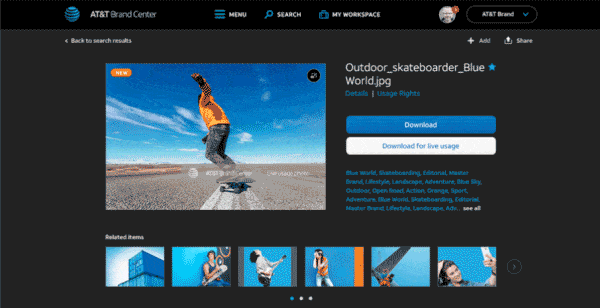


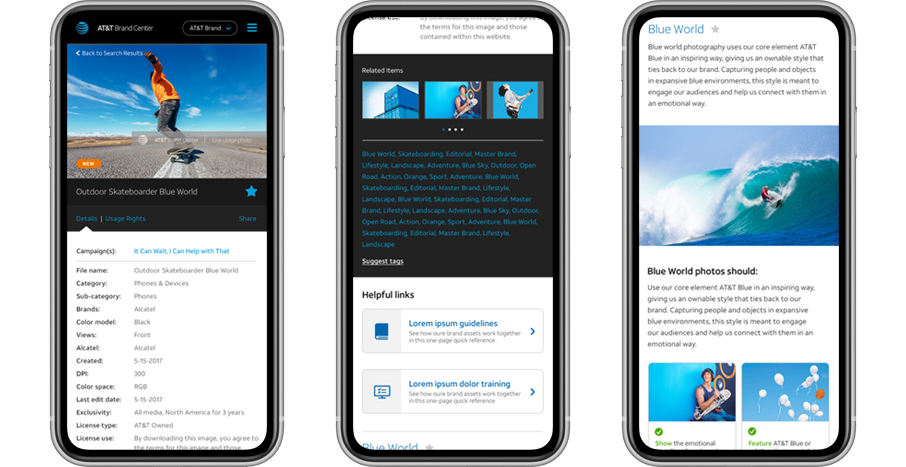
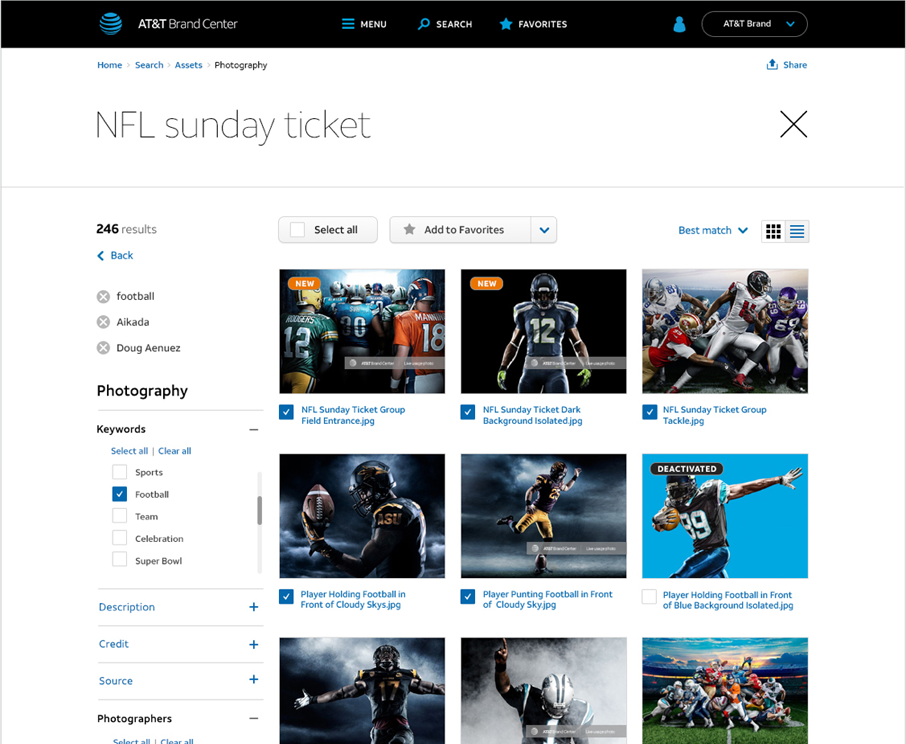
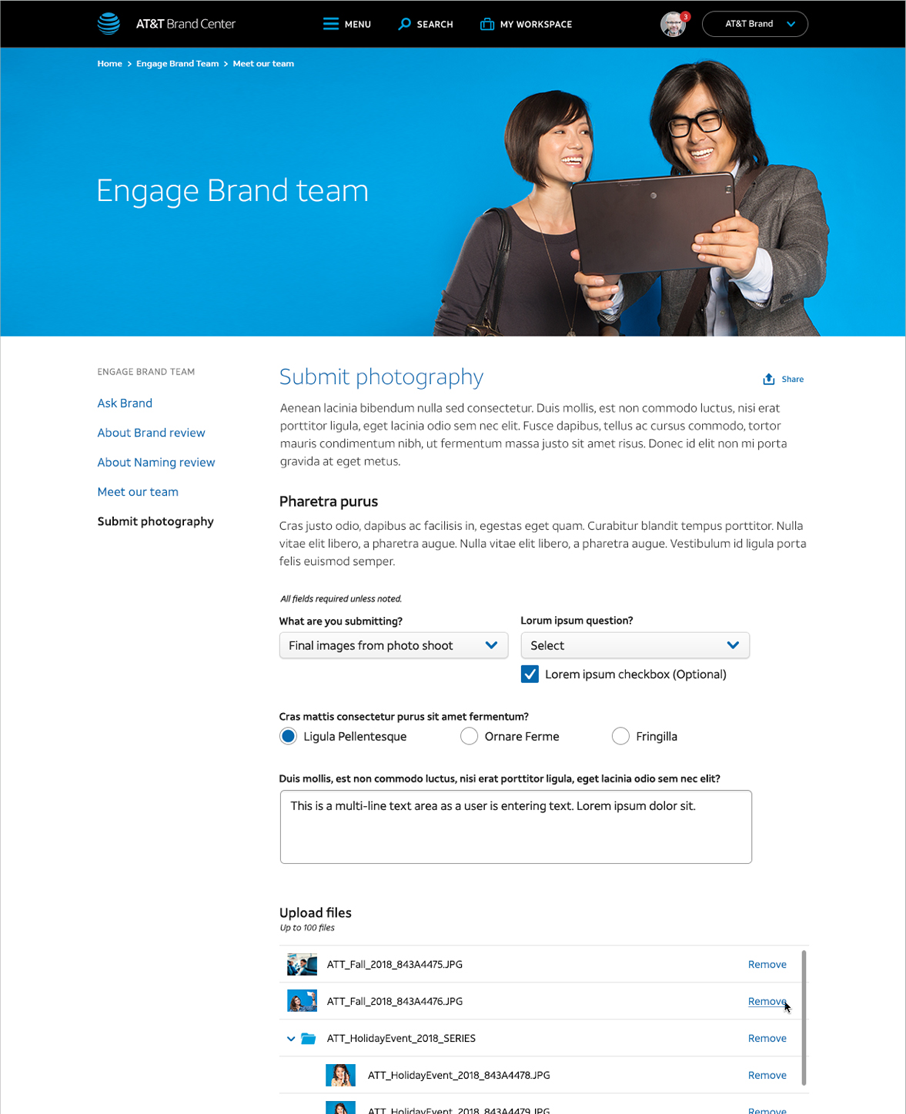
The core challenge of the project was solving the workflow logic of the approval platform to coordinate 8 Approval Group users. Each Approval Group played a role in an inter-dependent permissions process for approving new assets that general users would upload to the platform we designed.
The system needed to display different versions of the same page for each of the 8 different Approval Group users, while ensuring the layout for each user group would update in sync. I used basic whiteboard sketches to begin mapping this out.
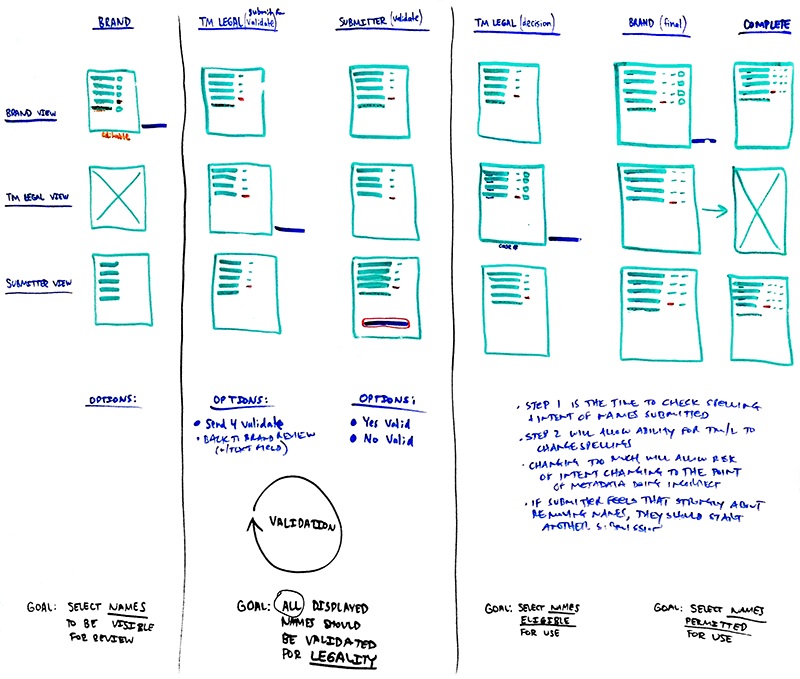
In addition to the pages each of the 8 stakeholder team users would see, general users also had their own pages they would access so it was important to create a sitemap and see how all the different pages would connect:
For General Users
For Approval Group Users

Wireframes were used as design guides and to animate the interaction experience step by step. Everything had to be pixel-perfect and consistent to tell a detailed story.
When presenting to the client, the wireframes functioned like a seamless animated storyboard sequence. An average sequence shown to the client was 100-150 frames and the final delivery was 344 frames.
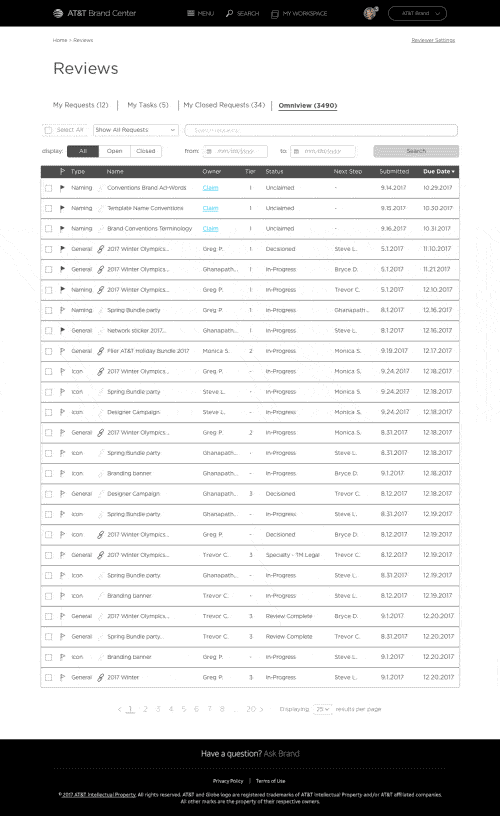
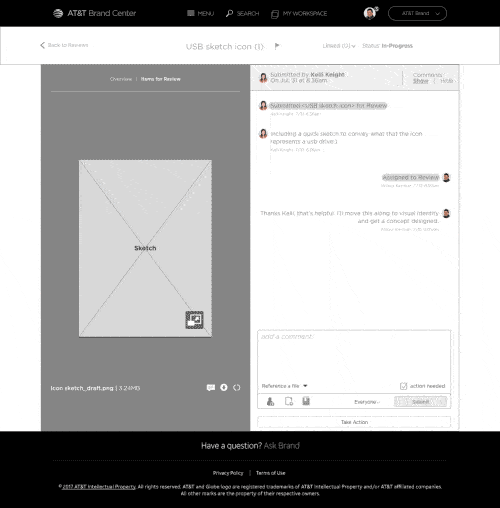
The programmers would need detailed flow diagrams to make sense of the permissions logic I had been working on. Holed up in our project "war room", I printed out small versions of all the flows and rules as I built them, for quick cross-referencing, carrying out my work like an FBI agent tracing a labyrinthine series of clues.
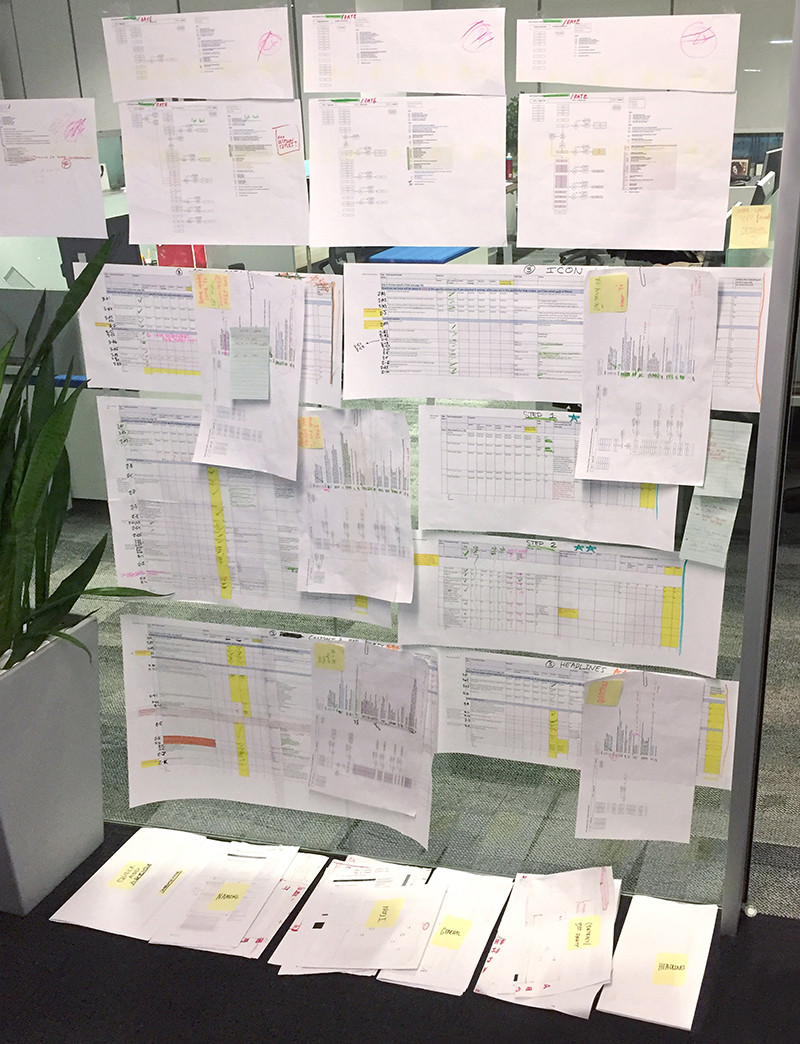
Due to the complexity and importance of these flows, we printed them out as giant 3-foot by 5-foot posters in preparation for a meeting at AT&T HQ in Dallas, TX. Our meeting was to be the final handoff where we would walk the highest-level stakeholders through them for accuracy checks and to ensure they were equipped to guide the developers as they coded.


With Flow Diagram posters in tow, I traveled to AT&T HQ in Dallas, TX with our Account Director and Project Manager. We met with the executive-level stakeholders and walked them through all of the flow diagrams and answered any questions as they came up. Most of the time was spent reviewing them item by item and doing final checks to ensure the developers had absolutely everything they needed.
The workshop meeting went well and right after I had just enough time before my return flight to check out Dealy Plaza.
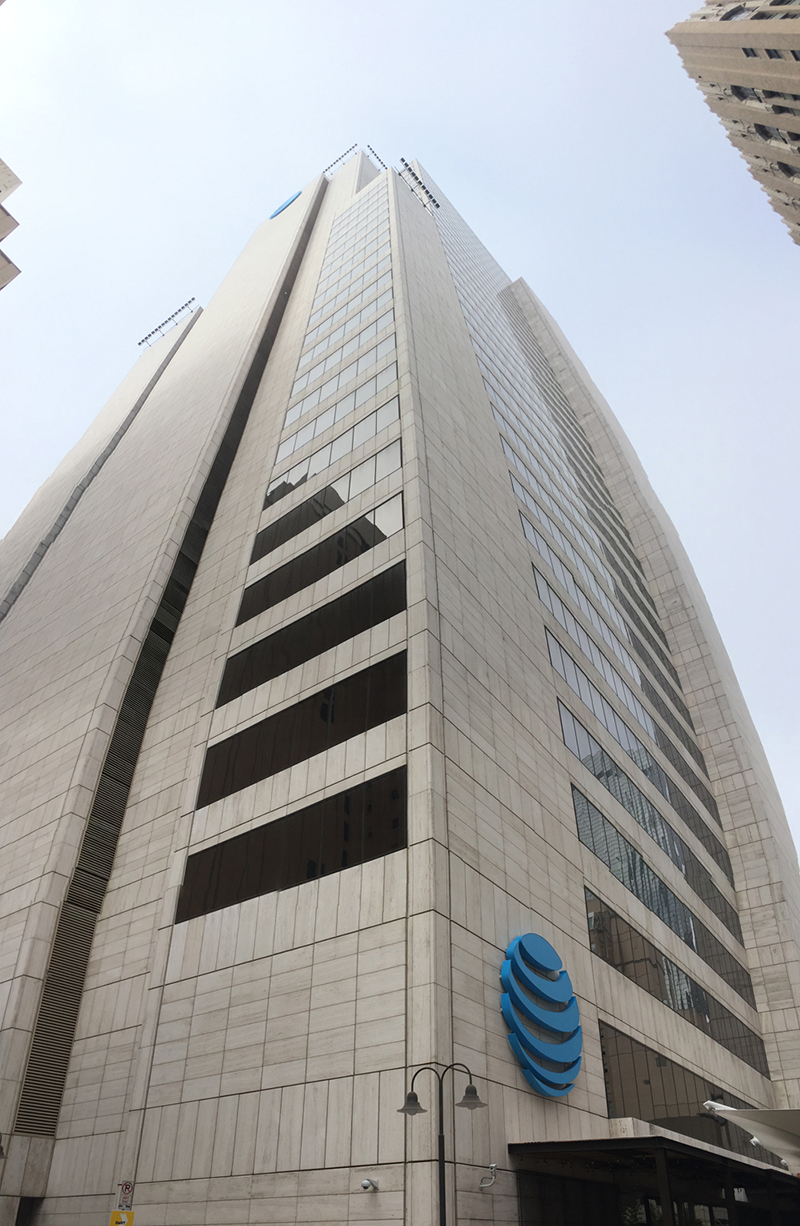
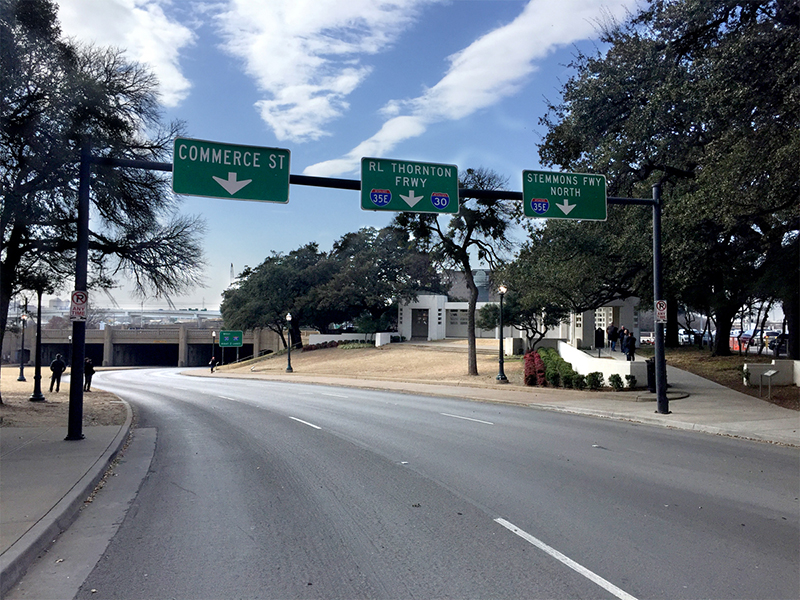
This project launched successfully and is now used as AT&T's internal authenticated platform. It was an great challenge due to the extreme level of complexity required for the back-end logic, which was accomplished by probably the highest number of wireframes and flow diagrams I have ever designed:
delivered to client
printed for flow diagrams
mapped and diagrammed